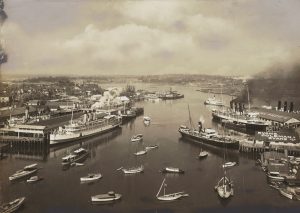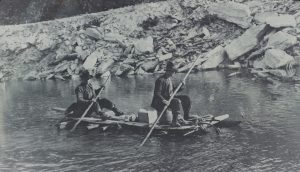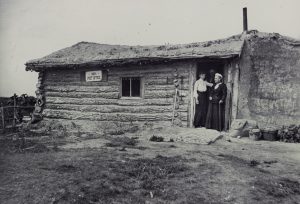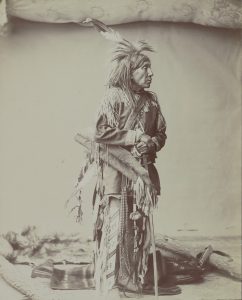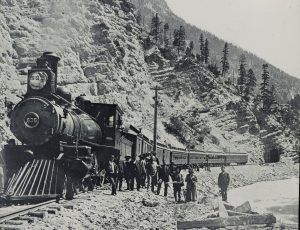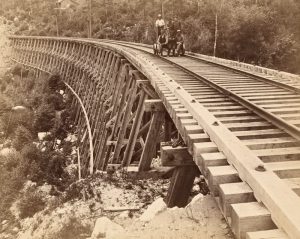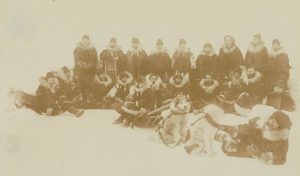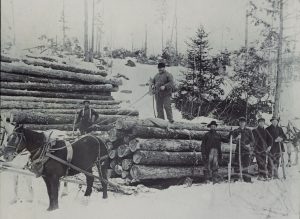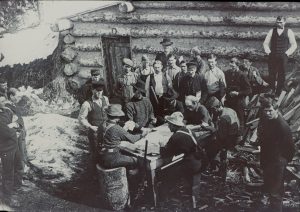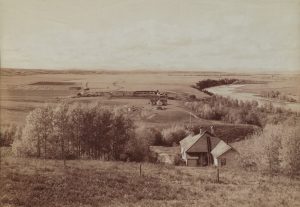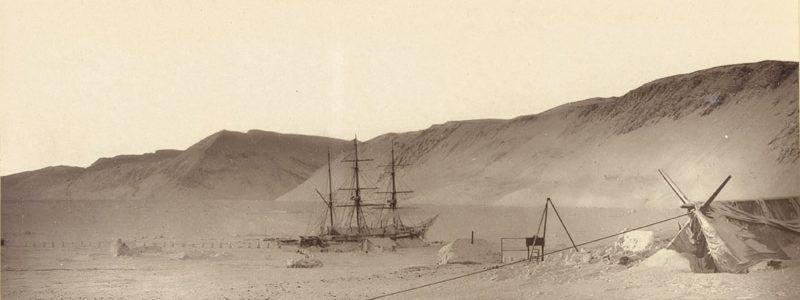
Nineteenth-century Canadian pamphlets
During the University Library’s closure, the Royal Commonwealth Society department has continued cataloguing its collection of rare nineteenth-century pamphlets, most recently concentrating upon Canada. So far, it has contributed more than 200 new works to the library’s on-line iDiscover catalogue. Many of these works are seldom held in British repositories, because they were published in Toronto, Montreal, Quebec City, Halifax, Vancouver and other Canadian cities, and not automatically acquired by UK legal deposit libraries. The RCS collections relating to Canada are particularly strong because of the prominent role played by Canadians in the society’s formation and early years. Canada’s first prime minister, Sir John A. Macdonald (1815-1891), was a member and a later prime minister, R.B. Bennett (1870-1947), served as an RCS officer and donated his book collection to the society. The blog has been illustrated with photographs from the RCS’s extensive Canadian photograph collection.

There is little scope here to describe in detail the pamphlets’ wide-ranging subjects, or to consider their importance as historical sources, but a number of significant themes may be highlighted. Although there are some earlier examples, the majority date from the 1860s to 1900, and shed important light upon a critical period in the nation’s development. The Dominion of Canada was created in 1867 through the Confederation of four British North American colonies, and many works are devoted to politics and government, discussing the functioning of the new constitution and political and judicial institutions. Much debate concerned accommodating the linguistic, religious and cultural differences of English and French Canada, illustrated by issues such as the Manitoba Schools Question of the 1890s, which concerned public support for religious education and the province’s abolition of French as an official language. Authors also discuss the new nation’s relations with Britain and the rest of the Empire.
The pamphlets reflect the country’s rapid expansion to the north and west, documenting the Red River Rebellion, the creation of the province of Manitoba in 1870, the North-West Rebellion of 1885, and comment upon the treatment of the region’s indigenous peoples. Canada’s ambition to create a nation stretching from the Atlantic to the Pacific was fulfilled when the new province of British Columbia joined Confederation in 1871. A transcontinental railway was considered essential for political unity and economic development, and for the opening of the western territories to emigration. The history of the Canadian Pacific Railway, a massive engineering project completed in 1885 despite political and financial controversies, features prominently in the pamphlets.
The pamphlets devote considerable attention to the country’s early resource-based economy, and particularly to farming, cattle and horse ranching in the Prairies, and the fishing, mining and lumber industries. Emigration was promoted to populate western Canada. The discovery of gold in the Klondike region of the North West Territories (now the Yukon) in 1896 ignited one of the world’s most famous gold rushes, which attracted more than 100,000 prospectors by 1898. The pamphlets include first-hand accounts of the demanding trek into the remote region, its harsh climate and terrain, working conditions, the fortunes won and lost, and the birth and death of the boom towns.
The pamphlets reflect a diverse range of authors, including leading political and literary figures in Canada and Britain. The great majority of works were written in English, but there are contributions in French, for example on history by Sir James MacPherson Le Moine (1825-1912), President of the Literary and Historical Society of Quebec and President of the Royal Society of Canada. There are a number of European authors such as the Russian anarchist Peter Kropotkin (1842-1921). Women writers include the Irish-Canadian poet Moira O’Neill (Agnes Shakespeare Higginson 1864–1955) who wrote about life on a 16,500 acre ranch in Alberta, and Ishbel Hamilton-Gordon, Marchioness of Aberdeen and Temair (1857-1939), an advocate of female suffrage, who was first president of the International Council of Women and founder of the National Council of Women of Canada.
All of these pamphlets can be searched for on iDiscover using thematic and geographical keywords, or Library of Congress subject headings. The featured image is ‘Discovery,’ Ellesmere Island, 1875, Y301A8A/4. Many more striking photographs of Canada may be viewed on Cambridge Digital Library.

